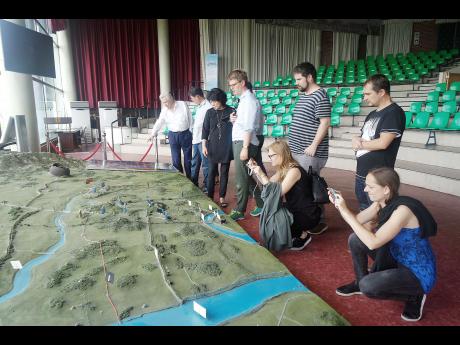Jeju Island tourism product a lesson for Jamaica?
Jeju Island in South Korea, although only a fraction the size of Jamaica, welcomes approximately 300 flights per day and 15 million tourists per year, a staggering number in any scenario. Tourism on Jeju Island accounts for approximately 70 per cent of the island's revenue.
Located just off the southern coast of the Korean Peninsula, Jeju Island is regarded as the Mecca for museums in Asia. The island is home to more than 100 museums that, among other attractions, are being used to showcase its history and gaining a significant economic value.
These museums are located across the island and document everything of historical value, including the history of the massive Korean tea industry, the Chocolate Museum, World Automobile Museum, and the quirky Teddy Bear Museum, which documents events using teddy bear characters instead of dolls. Jeju Island also hosts the more strangely named Museum of Sex and Health.
There are no white-sand beaches to talk about, and only a few palm trees exist, but Jeju's bustling cities and quaint towns are always, or so it seems, a hotbed of tourist activity. There is even talk that the island is suffering from overtourism.
Compare the provisional data from the Jamaica Tourist Board (JTB) that shows a record 4.3 million tourists visiting Jamaica in 2017. The significant difference is that in Jeju, everything in its natural history is used as an attraction - from the 1,950-metre dormant volcano Seongsan Ilchulbong to its stately dynastic-era architecture and scores of museums.
Jamaica, on the other hand, offers sun, sea, sand and cuisine. The local offering also includes Dunn's River Falls, along with other water bodies, the infectious beat of reggae and dancehall music, a rich and diverse culture, and fine Georgian architecture.



